Anyone who has stared down a WOD on the whiteboard knows the feeling. One minute you’re doing explosive Olympic lifts, the next you’re grinding through gymnastics, and you finish with an all-out cardio blast. This constant variation is what makes CrossFit so effective, but it also pushes your body to its absolute limits, creating significant micro-tears in your muscles.
This is where recovery becomes an active part of your training. Your body kicks off a process called muscle protein synthesis (MPS) to repair that damage and rebuild your muscles stronger than before. For this to happen efficiently, you need an adequate supply of amino acids, the building blocks of protein. This is a central pillar of effective CrossFit nutrition for vegans.
Plant-based athletes face a unique consideration. Due to differences in digestibility and amino acid profiles, you might need a bit more total protein to get the same muscle-building signal as your omnivorous counterparts. This isn't a setback. It just means being strategic. Choosing the best vegan protein for CrossFit isn’t a shortcut; it’s an essential tool to optimize your performance, ensure consistent recovery, and keep hitting new personal records.
Calculating Your Personal Protein Target
So, how much protein do you actually need? Instead of guessing, let's get practical. The goal is to move from abstract numbers to a clear, personal target. For athletes, general recommendations often fall between 1.4 to 3.0 grams of protein per kilogram of body weight. As a guide from VeganEasy.org highlights, plant-based athletes may benefit from aiming for the higher end of this range or adding a 10-20% buffer to account for digestibility.
Let's walk through an example for a 175-pound (~80 kg) athlete:
- Find your base need: 80 kg x 2.0 g/kg = 160 grams of protein per day.
- Add the vegan adjustment: 160 g x 1.15 (a 15% increase) = 184 grams of protein per day.
This number is your daily target. But just as important as *how much* is *when*. Forget the old myth about chugging a shake within a 30-minute "anabolic window." Modern science suggests it's more effective to distribute your protein intake evenly throughout the day. Aiming for 0.4-0.6 grams per kilogram of body weight every 3-4 hours helps keep muscle protein synthesis consistently active.
For our 80 kg athlete, that’s about 32-48 grams of protein per meal or snack. This is where a high-quality powder becomes incredibly convenient. It’s a perfect tool to hit your targets around workouts or as a quick snack, but it should always support a diet built on whole foods. For ideas on how to build that foundation, you can explore some of our easy vegan protein recipes that you'll actually crave.
Decoding the Most Common Plant Protein Sources

Once you know your protein target, the next step in how to choose vegan protein powder is understanding what’s inside the tub. Not all plant proteins are created equal, and each offers unique benefits for a CrossFit athlete. Let's break down the most common sources.
Soy Protein: The Complete Powerhouse
Soy protein often gets top marks because it’s a "complete" protein, meaning it contains all nine essential amino acids (EAAs) your body can't produce on its own. Its amino acid profile is the most similar to whey, making it a fantastic choice for supporting muscle growth and repair.
Pea Protein: The BCAA King
If muscle recovery for vegan athletes is your top priority, pea protein is a star player. It is particularly rich in branched-chain amino acids (BCAAs): leucine, isoleucine, and valine. Leucine, in particular, is the primary amino acid responsible for initiating muscle protein synthesis, making pea protein a powerful tool for recovery.
Brown Rice Protein: The Perfect Partner
On its own, brown rice protein is a bit low in the amino acid lysine. However, it’s high in cysteine and methionine, which pea protein has less of. This makes it the perfect complementary partner. When blended with pea protein, it creates a robust, complete amino acid profile that covers all your bases.
The Power of Blends: Better Together
This brings us to the most effective option for most athletes: protein blends. Because no single plant based protein for athletes perfectly mirrors the amino acid spectrum of dairy-based proteins, multi-source blends are often the superior choice. They combine the strengths of different sources—like the BCAAs from pea and the methionine from rice—to ensure you get a full range of amino acids to fuel recovery and growth. If you're looking to compare options, our guide to the best protein powders can help you narrow down the choices.
| Protein Source | Key Benefit for CrossFitters | Amino Acid Highlight | Best For |
|---|---|---|---|
| Soy Protein | Supports muscle growth similar to whey | Complete profile with all 9 EAAs | Athletes wanting a profile closest to dairy |
| Pea Protein | Rich in muscle-building BCAAs | High in Leucine, Isoleucine, and Valine | Hypoallergenic option focused on recovery |
| Brown Rice Protein | Complements other plant proteins well | High in Cysteine and Methionine | Blending with pea protein for a complete profile |
| Protein Blends | Provides a full spectrum of amino acids | Combines strengths of multiple sources | Athletes seeking the most effective plant-based option |
This table summarizes the unique strengths of common plant proteins. While individual sources are effective, a blend often provides the most robust amino acid profile to support the intense demands of CrossFit.
How to Read a Protein Powder Label Like an Expert
Marketing can be loud, but a product’s label tells the real story. Learning to read it properly empowers you to see past the hype and choose a high-quality product that truly supports your goals. Here’s what to look for:
- Protein Efficiency: A quick calculation can reveal a lot. Divide the grams of protein by the number of calories per serving, then multiply by 100. You want a product that delivers at least 12 grams of protein per 100 calories. This ensures you’re getting a protein-dense supplement, not a calorie bomb.
- Third-Party Certifications: For competitive athletes, this is non-negotiable. Seals like NSF Certified for Sport or Informed-Sport mean the product has been independently tested for banned substances and verifies that what’s on the label is actually in the container. As the University of Georgia Health Center points out, this provides a crucial layer of safety and assurance.
- Clean Ingredients: Turn the tub around and look at the ingredient list. The shorter, the better. You want to see whole-food ingredients you recognize. Be wary of fillers, gums, and artificial sweeteners, which can sometimes cause digestive discomfort and offer no nutritional value.
- Amino Acid Profile: A quality brand will often provide a typical amino acid profile on its website or label. Look for a high leucine content, as it’s the key trigger for muscle repair. A great plant based protein for athletes will be naturally rich in it or fortified to ensure you get enough. For example, our Chocolate Vegan Protein is formulated with a clean, simple ingredient list and a high protein content to meet these standards.
Integrating Protein Powder into Your Daily Routine

You’ve picked the best vegan protein for CrossFit, so what’s the best way to use it? The key is consistency and integration, not just slamming a shake after your workout. While having a protein shake within an hour or two of training is a smart and convenient way to kickstart recovery, your focus should be on your total daily intake.
Think of protein powder as a tool to help you hit your targets throughout the day. A shake can be an easy mid-morning or afternoon snack to keep your protein intake steady and prevent muscle breakdown between meals. This approach helps maintain that consistent muscle protein synthesis we talked about earlier.
We stand firm in our belief that supplements should supplement, not replace. A good rule of thumb is to limit powder to around 40 grams per day for athletes under 80kg and 60 grams per day for those over 80kg. This reinforces a "whole foods first" philosophy. Your diet should be built on a foundation of protein-rich foods like tofu, tempeh, lentils, and beans.
Ultimately, a vegan protein powder helps fill the gaps in your CrossFit nutrition for vegans, ensuring you have the resources to recover fully and perform at your peak. It’s about making your hard work in the gym count. When you're ready to find a supplement that aligns with your goals, feel free to explore all of our products designed to support your fitness journey.



